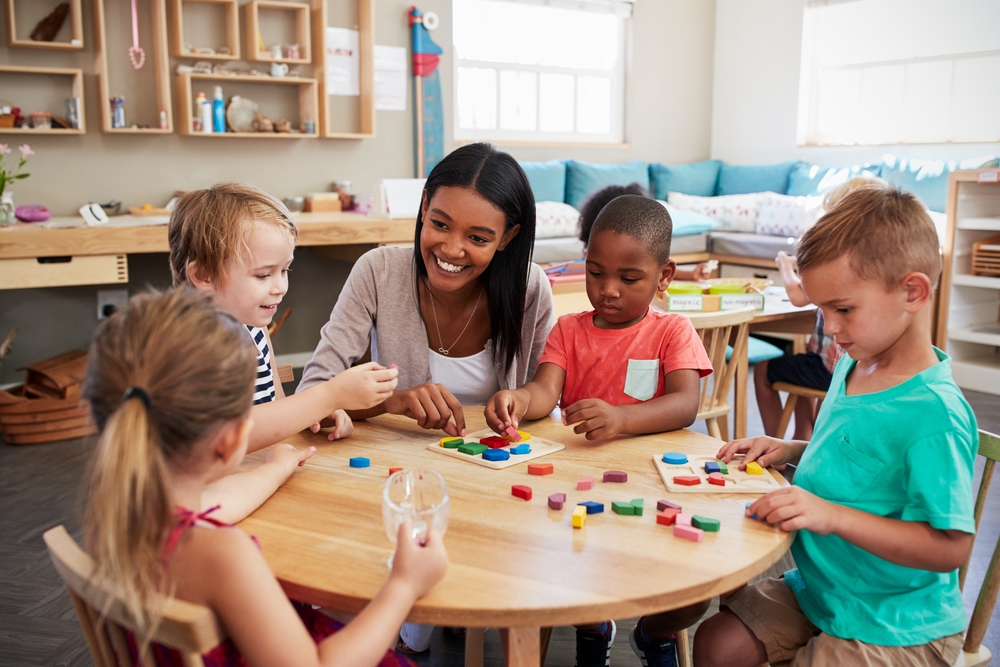Introduction
Maria Montessori, an Italian physician, created the Montessori method of education. Children are seen as innately eager for knowledge and capable of initiating learning in a sufficiently supportive and well-prepared learning environment, which emphasizes freedom. Some traditional metrics of performance, such as grades and tests, are discouraged.
There are numerous advantages to sending your child to a Montessori school. The Montessori Method is known for individually paced learning and developing independence, but it also promotes empathy, a passion for social justice, and a love of lifelong learning.
The Materials and the Method
What appeals to you about Montessori? Even most experts, in my experience, miss the most important point. Because everything in the environment has been worked out for very precise reasons, Montessori schools include mixed-age classrooms that look the same all over the world. Students can choose from a pre-determined list of activities—the well-known “materials” devised by Dr. Montessori—and work on them for as long as they desire. These resources allow students to learn via their hands rather than through direct instruction, a technique known as the “constructivist philosophy of education” by education theorists.
What to expect in a Montessori classroom or school
- Calm, not chaos: Forget about traditional early childhood programs’ chaos and cacophony. The rule is to be quiet and calm.
- Cleanliness, not clutter: In a Montessori classroom, everything has its place: simple, uncluttered furnishings, neatly placed containers of learning resources.
- Independent children: Children work alone or in groups and are taught to “work” (that is, play) independently and to be responsible for their own needs and belongings, such as preparing snacks and cleaning up toys.
- Mixed ages: Students in the three-year age range frequently share a classroom, and children are encouraged to assist one another in learning. The goal is to create a non-competitive, flexible peer learning environment. Most Montessori schools provide a primary (years 3–6) and occasionally a lower elementary (ages 6–9) program; upper elementary (ages 9–12) programs are less prevalent.
- Large class sizes and classrooms: Montessori classrooms are typically (but not always) larger than standard classrooms, allowing for more kids (sometimes up to 35) to roam and choose from a variety of activities.
- No grades, rewards, or punishments: Although some parents are concerned about the lack of traditional homework and letter-grade report cards, a 2006 study published in the journal Science found that Montessori students have advanced social skills and creativity, as well as performing better on reading and math tests than their traditional counterparts.
An emphasis on hands-on independent learning
Montessori classrooms are known for their aesthetic appeal. In the classroom design, plenty of natural light and space are frequent considerations. Everything is done for a cause. Karen Ricks, who developed a worldwide Montessori school, argues that “creating a beautiful and accessible environment is of paramount importance, as children lead their learning with the use of painstakingly designed learning aids.”
“Through the hands-on usage of real things fashioned for just such a purpose, these products assist young learners to a mastery of sophisticated vocabulary and the discovery of abstract ideas,” Ricks writes.
Anitra Jackson, the Montessori educator and author of Chronicles of a Montessorian states, “The best thing about a Montessori setting are that it allows children to work, develop, and learn at their own individual pace.” “Children are exposed to lessons, activities, and resources that enhance their skill set, allowing them to progress in their personal development.”
What does this appear to be? Something along the lines of a huge playroom/workshop. Melissa Stepien, a teacher at Sunnyside Micro-School, says, “My favorite feature of a Montessori classroom resides within the sensory-based materials we utilize with our pupils, notably the geometric solids, sandpaper letters, and the colored bead stair used for mathematics.”
Final Word of Advice
Any school you’re considering should be visited. Although all Montessori schools follow the same core principle, each one is unique. Request a visit throughout the school day to observe how pupils use their time. Do the kids appear to be happy and interested or bored? Do teachers respond to the demands of their students? Of course, the most crucial questions to address are: Will your child love this environment? Will your child thrive in this setting? Is this


